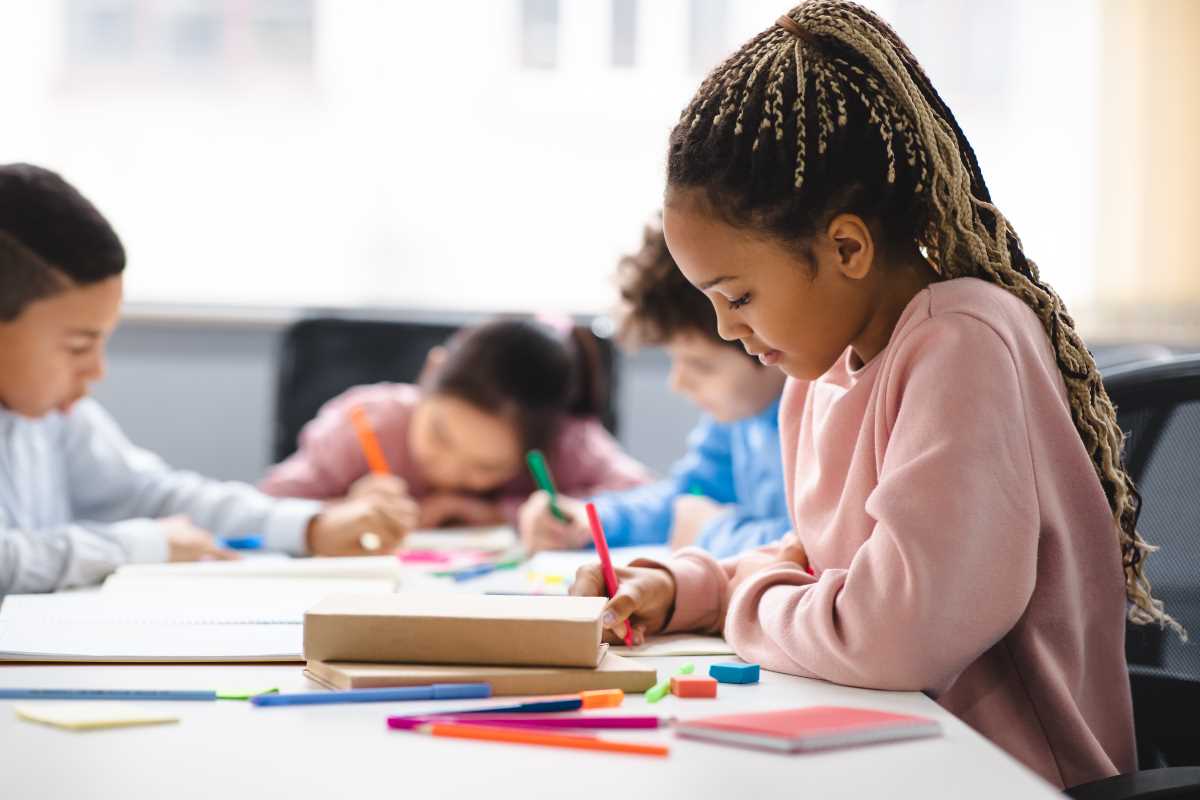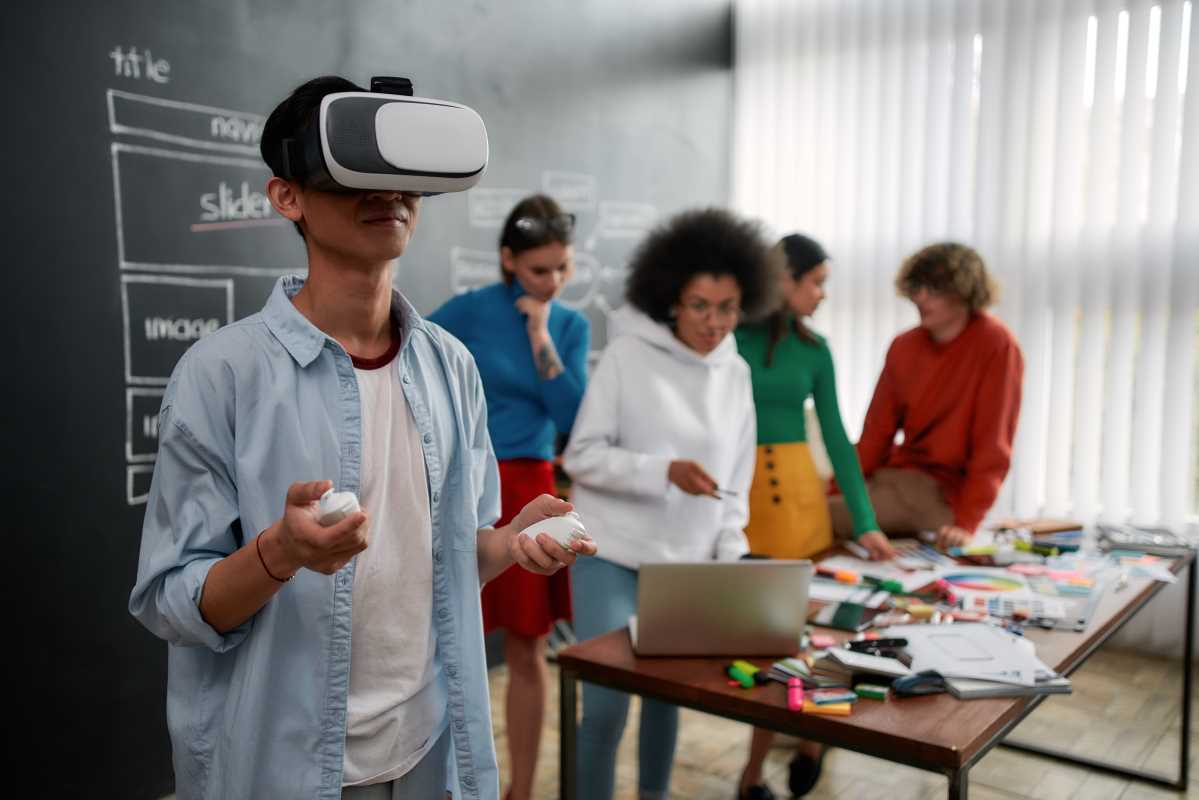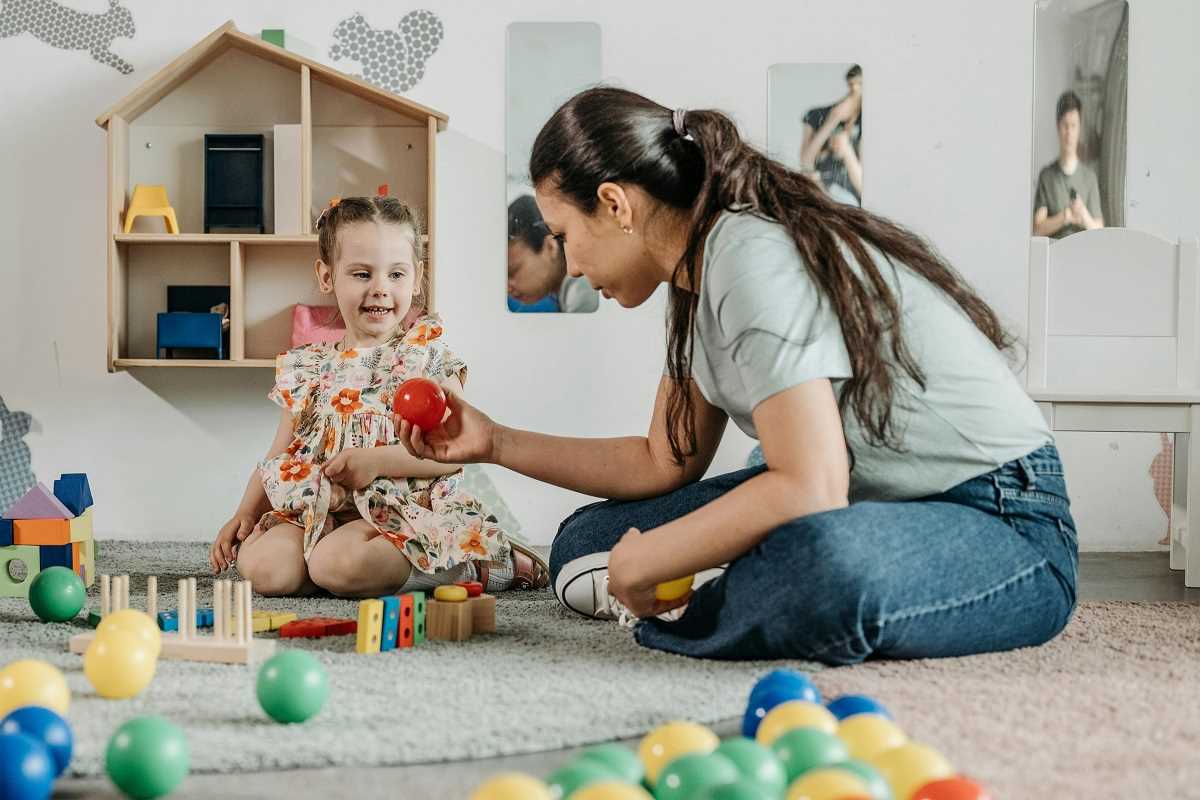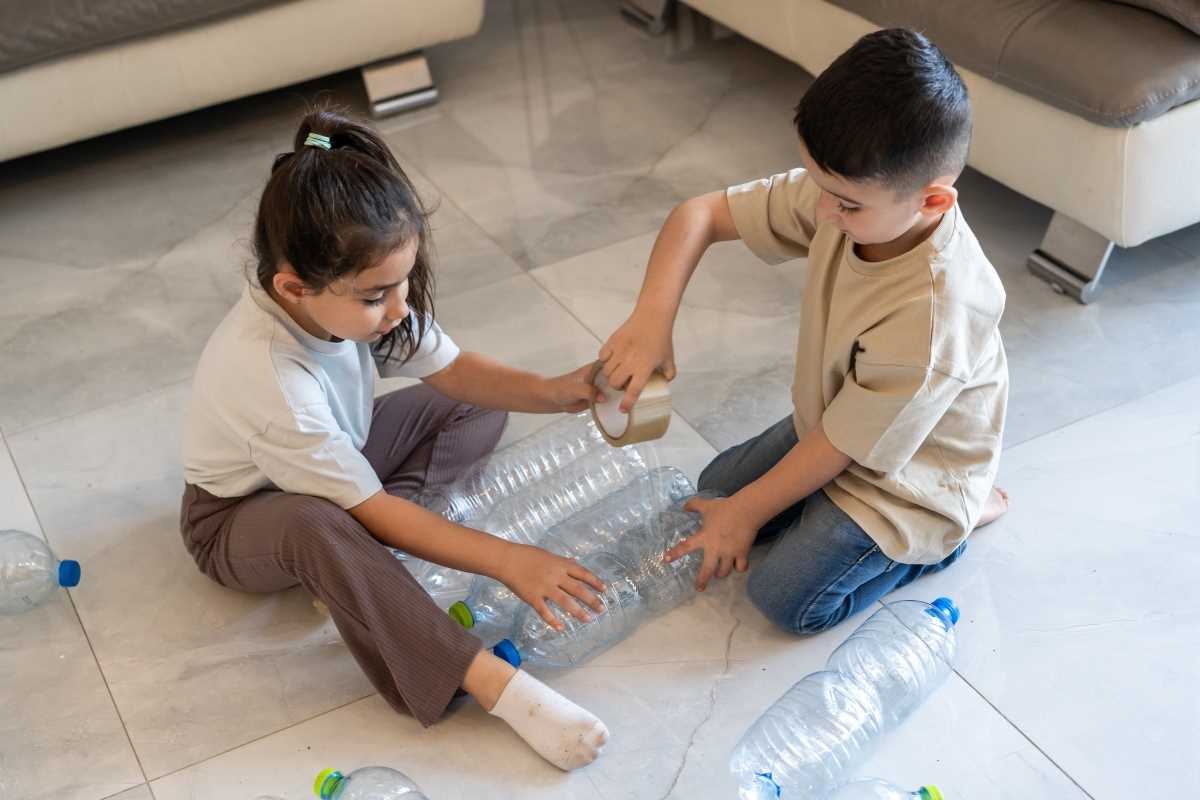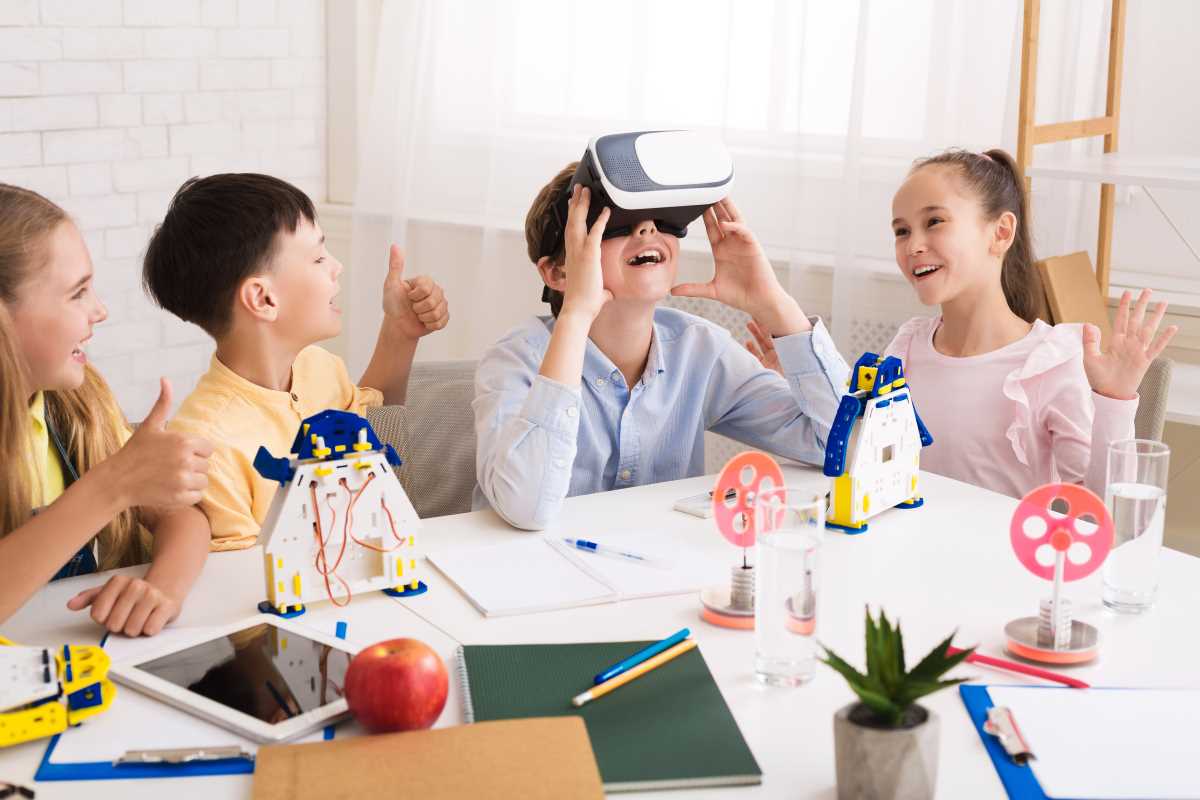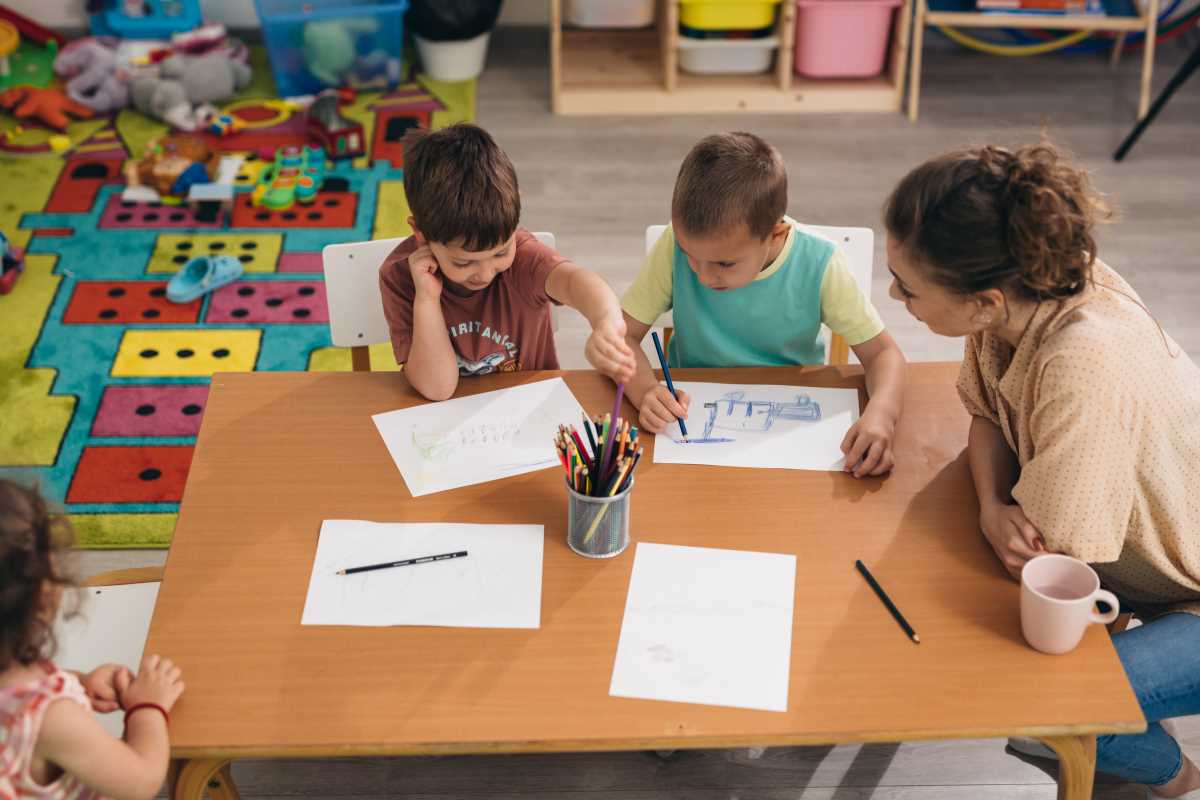Students in multilingual classrooms find themselves immersed in an environment where a variety of languages come together to enrich daily learning. This unique setting encourages them to explore new ways of thinking, as they encounter different sounds, expressions, and viewpoints. Curiosity flourishes as classmates share their linguistic backgrounds, inspiring creative ideas and deeper understanding. By constantly switching between languages, students stimulate their minds and strengthen their ability to reason and solve problems. Teachers and learners alike share in the excitement of discovering how each language adds something valuable to classroom conversations, making every lesson an opportunity for growth and connection.
Carefully designed class activities allow ideas to intertwine, resulting in cognitive growth that extends beyond academic subjects. Learning in a multilingual setting naturally broadens one’s approach to solving problems, ultimately shaping students into versatile thinkers who can adapt to varied situations and cultures.
Understanding Cognitive Growth in Multilingual Settings
Language influences how students think and perceive the world. In settings where multiple languages blend, the mind actively switches and adapts, leading to a sharper ability to juggle tasks and solve problems. Students learn to make connections between seemingly unrelated ideas, which boosts creative problem solving and nurtures critical thinking skills.
The main cognitive advantages include:
- A heightened ability to switch between tasks, which improves overall attention and concentration.
- An increased capacity for creative thought as learners compare language structures and cultural contexts.
- Enhanced memory and retention, as the brain actively organizes and stores different linguistic data.
Creating an Inclusive Classroom Environment
Building a classroom where every voice matters begins with creating an atmosphere of respect and curiosity. Teachers can arrange seating in a circular or group format that encourages open discussion, making sure that varying perspectives are heard. The daily routine acknowledges the importance of community and belonging, which boosts learners’ confidence.
Teachers might incorporate role-playing, group projects, and cultural events into their lessons to celebrate the richness that diverse backgrounds bring. When students feel that their background is valued, they contribute more actively, enriching class conversations and promoting a collaborative learning space.
Effective Teaching Techniques for Multilingual Learners
Focusing on clear, practical methods can help guide learners of various linguistic backgrounds. Combining different teaching approaches keeps lessons dynamic and addresses different learning needs. Activities that mix auditory, visual, and kinesthetic methods prove especially useful in keeping students engaged with the content.
Some practical techniques include:
- Using visual aids like charts, maps, and images to clarify language concepts and vocabulary.
- Incorporating paired discussions where students share ideas and practice speaking in a supportive setting.
- Offering hands-on sessions where learners use tangible materials to connect with abstract ideas.
- Integrating group projects that require research, discussion, and presentation of findings, which initiates language practice in a real-world context.
Promoting Active Engagement and Collaboration
Encouraging participation in classroom discussions and group work helps improve language skills and cognitive flexibility. When students participate in debates and role-plays, they discover new ways to express themselves and validate the opinions of others. Interactive sessions help reduce language barriers while building trust within the group.
Group projects and interactive exercises provide low-pressure environments where learners can experiment without fear of errors. This hands-on involvement deepens their understanding of the material and expands methods of interaction between classmates.
Utilizing Technology and Resources in Language Learning
Digital tools and interactive resources allow teachers to create animated lessons that accommodate different learning preferences. Modern platforms provide opportunities where audio, video, and written content come together in an engaging manner. Teachers can incorporate applications that adjust to the learning pace of each student, making sure that every learner has room to progress.
Measuring and Supporting Ongoing Cognitive Development
Regular assessments help teachers understand how individual learning goals are being achieved without reducing the process to mere tests. Simple check-ins and interactive quizzes give immediate feedback, enabling educators to adjust their methods to meet the changing needs of students. Observations during group work and creative presentations also give insight into how well students are integrating their cognitive skills with language learning.
Data collected from these interactions can help teachers refine their classroom methods. When students see clear improvements, they become motivated to set higher personal goals. This ongoing process creates a positive environment where learners feel confident in their ability to communicate effectively in multiple languages.
In conclusion, multilingual classrooms stimulate mental agility and provide a special opportunity for cognitive development through engaging and interactive learning methods. By setting up thoughtful classroom environments, applying practical teaching techniques, and using suitable digital tools, educators create a space for learners to grow confidently and creatively.
Learning in multilingual environments blends creativity and logic, leading to better problem-solving and language fluency. This process benefits everyone involved.
